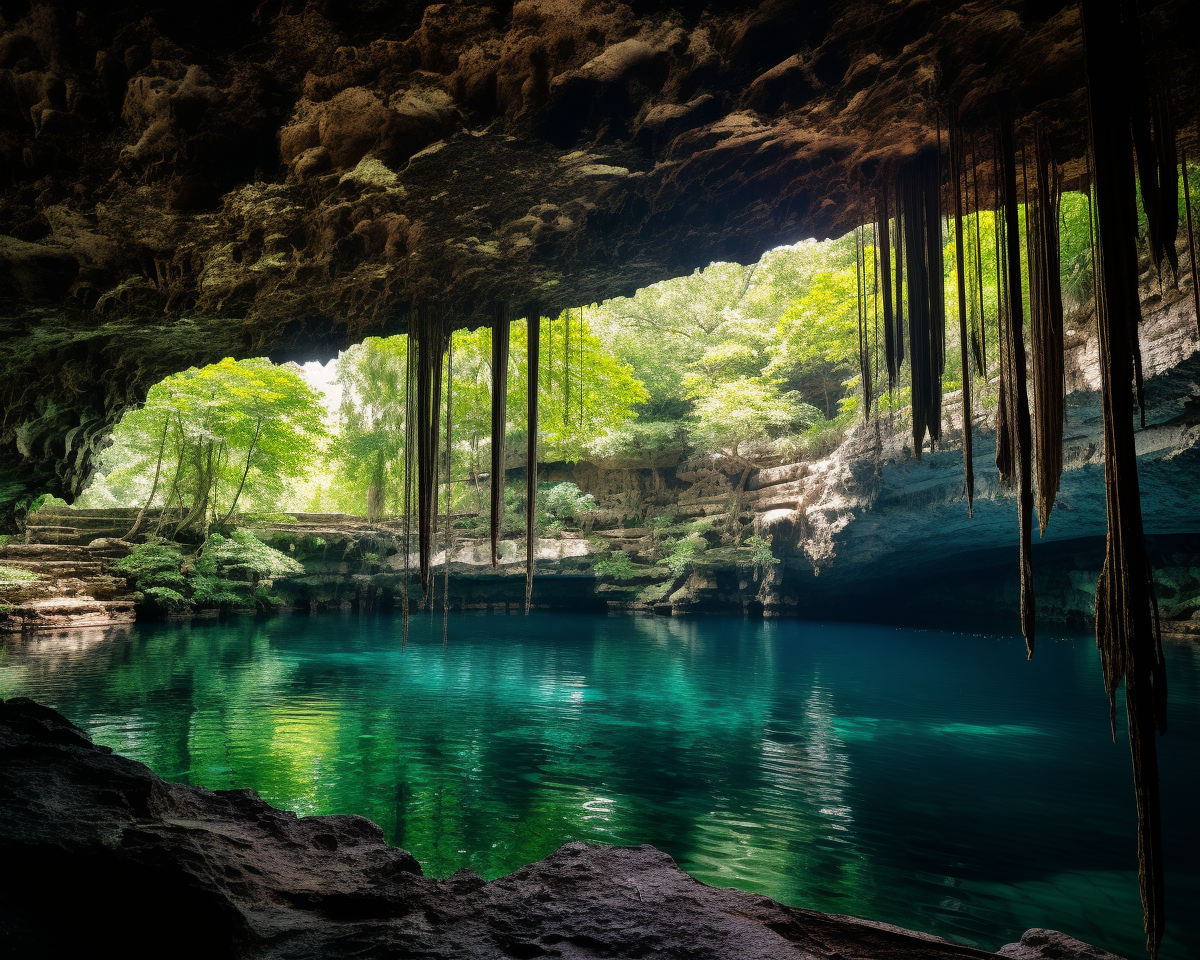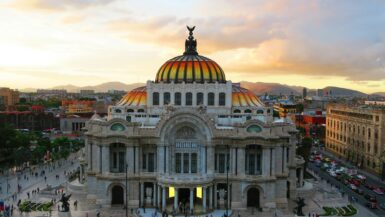I recently had the pleasure of visiting Cenote Suytun, a stunning natural sinkhole located just outside the charming town of Valladolid in southeast Mexico. The highlight of the cenote is the middle platform, which offers a breathtaking photo opportunity, especially when rays of sunlight shine through the cave opening above. The turquoise water and the monolithic cave make it one of the best cenotes in Valladolid and perhaps the entire Yucatán Peninsula in Mexico.
Cenote Suytun is a popular tourist destination in the Yucatan Peninsula, located in southeastern Mexico. It is not far from the popular Yucatan travel destinations of Tulum, Cancun, Riviera Maya, Playa de Carmen, and Mérida, and only about 20 minutes from the Valladolid pueblo magico. The enchanting underground world of Cenote Suytun is a must-visit for anyone traveling to the Yucatan Peninsula.
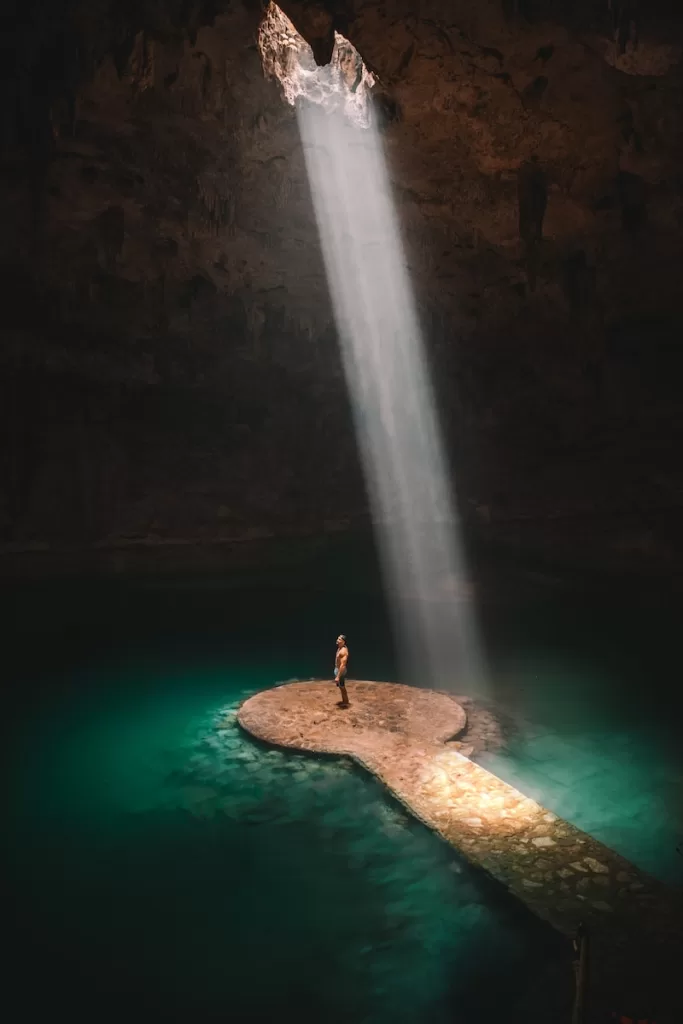
Key Takeaways Exploring The Cenote Suytun
- Cenote Suytun is a breathtaking natural sinkhole located just outside the charming town of Valladolid in southeast Mexico.
- The turquoise water and the monolithic cave make it one of the best cenotes in Valladolid and perhaps the entire Yucatán Peninsula in Mexico.
- Cenote Suytun is a popular tourist destination in the Yucatan Peninsula, located in southeastern Mexico, and is a must-visit for anyone traveling to the Yucatan Peninsula.
History of Cenote Suytun
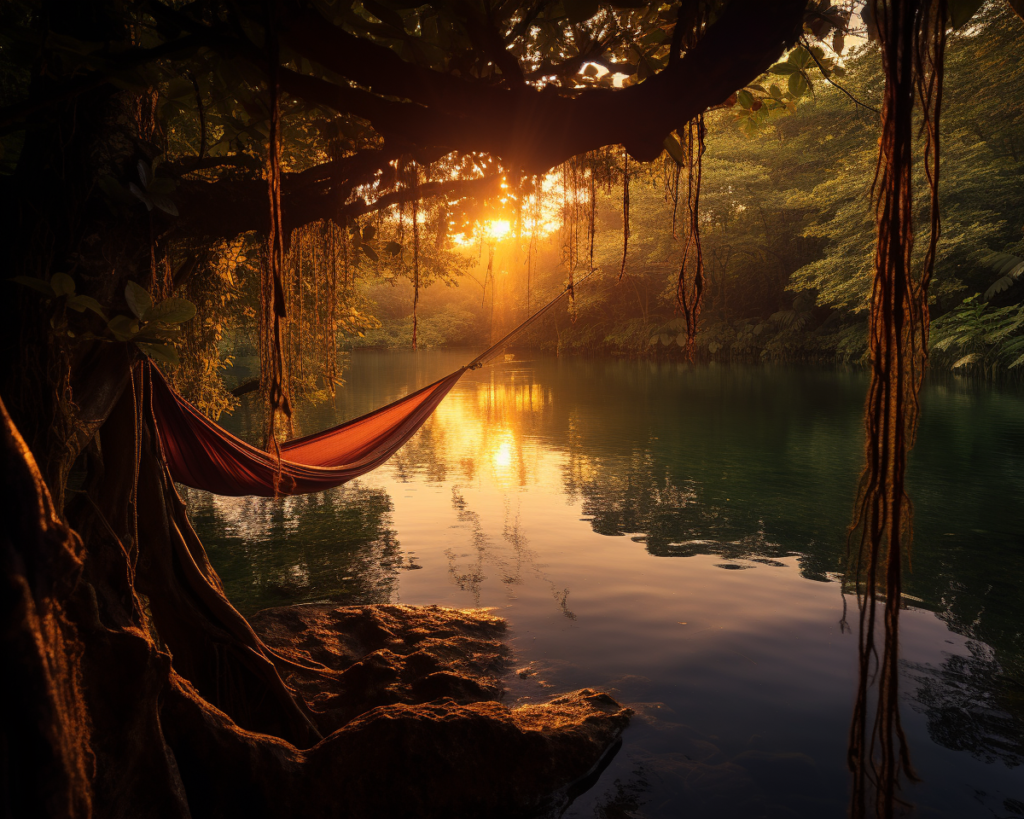
As I explore Cenote Suytun, I can’t help but wonder about its history. This natural wonder has been around for thousands of years and has played an important role in the lives of the Mayan people who once inhabited the Yucatan Peninsula. Here is a brief overview of the history of Cenote Suytun.
Mayan Influence
Cenotes were considered sacred by the Mayan people, who believed that they were portals to the underworld. They used these natural sinkholes as sources of fresh water and as sites for religious ceremonies and sacrifices. The name “Suytun” comes from the Mayan language and means “center stone,” which refers to the large rock formation in the middle of the cenote.
Discovery and Exploration
Archaeologists and divers discovered and explored Cenote Suytun in the 1980s. They found evidence of Mayan artifacts and human remains, indicating that the cenote was used for both religious and practical purposes. The local community also used the cenote for farming and fishing.
Today, Cenote Suytun is a popular tourist destination, attracting visitors from all over the world who come to swim in its crystal-clear waters and marvel at its natural beauty. The cenote is also a site for cultural events and performances, showcasing the rich history and traditions of the Mayan people.
In conclusion, Cenote Suytun has a fascinating history that reflects the deep connection between the Mayan people and the natural world. As I continue to explore this amazing place, I am reminded of the importance of preserving our natural resources and honoring the cultures that have shaped them.
Geographical Location of Cenote Suytun
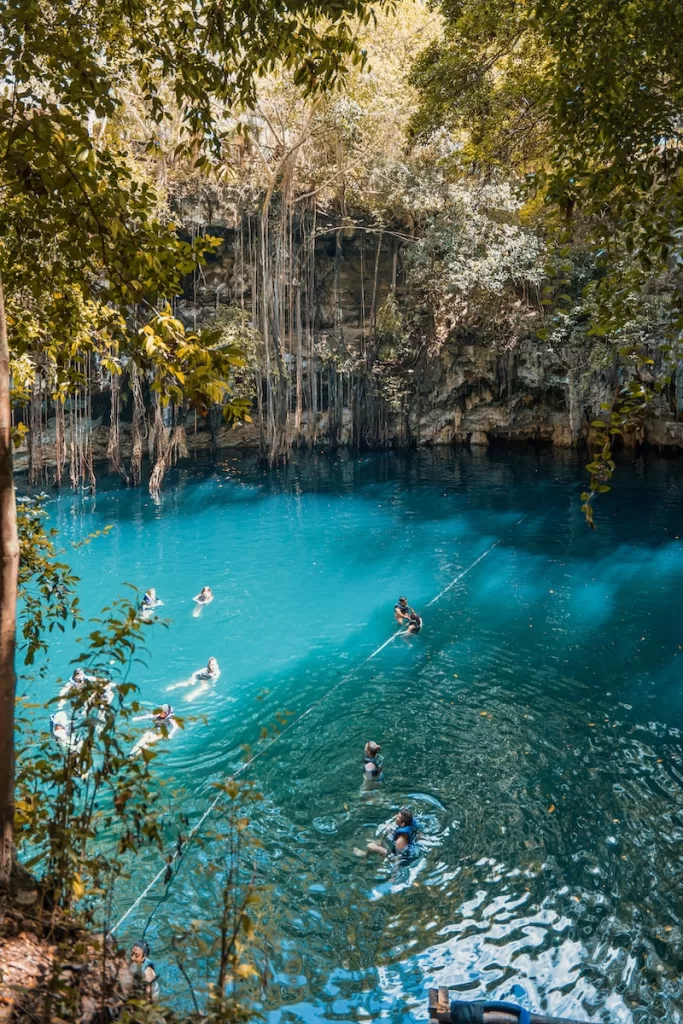
Cenote Suytun is located on the Yucatan Peninsula in southeast Mexico, just outside the charming town of Valladolid. The Yucatan Peninsula is well-known for its extensive network of cenotes, which are limestone bedrock collapsed natural sinkholes with pristine water.
The Gulf of Mexico to the west and the Caribbean Sea to the east border the Yucatan Peninsula, which is located in eastern Mexico. It is a popular tourist destination due to its beautiful beaches, rich cultural heritage, and stunning natural wonders like Cenote Suytun.
Valladolid, the nearest town to Cenote Suytun, is located approximately 160 kilometers (100 miles) east of Merida, the capital city of the Yucatan state. The town is easily accessible by car or bus from Merida, Cancun, or Playa del Carmen.
Cenote Suytun is situated in a semi-open cenote, which means that its swimming hole is located underground, and there is a small opening in the roof that allows light and air to flow in. The highlight of the cenote is its middle platform, which offers a stunning photo opportunity, especially when rays of sunlight shine through the cave opening above.
Physical Features
The distinctive physical characteristics of this natural wonder struck me as I was exploring Cenote Suytun. Here are some of the most notable features:
Water Characteristics
The water in Cenote Suytun is incredibly clear and blue, making it a popular spot for swimming and diving. The cenote is approximately 15 meters deep, and the water temperature is refreshingly cool. Visitors can swim around the edges of the cenote or venture out into the deeper water in the center.
Stalactites and Stalagmites
One of the most striking features of Cenote Suytun is the impressive stalactites and stalagmites hanging from the ceiling and rising from the floor of the cave. These mineral formations give the cenote an ethereal feel and an atmosphere unlike any other. Visitors can walk around the edges of the cenote and admire the intricate formations up close.
It’s important to note that visitors should not touch or disturb the stalactites and stalagmites, as they are delicate and take centuries to form. Additionally, visitors should not wear sunscreen or other lotions when swimming in the cenote, as these products can damage the delicate ecosystem.
Overall, the physical features of Cenote Suytun make it a must-see destination for anyone visiting the Yucatan Peninsula.
Flora and Fauna
The incredible diversity of flora and fauna that reside in Cenote Suytun astounded me as I was exploring it. From the lush plant life that surrounds the sinkhole to the fascinating creatures that inhabit its depths, there is no shortage of natural beauty to discover here.
One of the most striking features of Cenote Suytun is the lush greenery that surrounds the sinkhole. Towering trees, vibrant flowers, and a variety of other plants that thrive in this particular ecosystem were all around me as I walked along the path that leads to the water. Some of the most common species of plants found here include the agave plant, which is used to make tequila, and the chit palm, which is known for its medicinal properties.
As I swam in the crystal-clear waters of Cenote Suytun, I was amazed by the variety of marine life that I encountered. From schools of colorful fish to delicate sea anemones, there is no shortage of fascinating creatures to discover here. Some of the most commonly spotted species include the freshwater snail, the blind cave fish, and the catfish.
In addition to the plant and animal life found in and around the cenote, there are also a number of fascinating geological features to discover here. Experienced divers can explore a number of underwater caves and tunnels as well as the towering limestone cliffs that surround the sinkhole itself. Whether you’re a nature lover, an adventure seeker, or simply looking for a beautiful place to relax and unwind, Cenote Suytun is a must-visit destination in the Yucatan.
Tourist Experience in Cenote Suytun
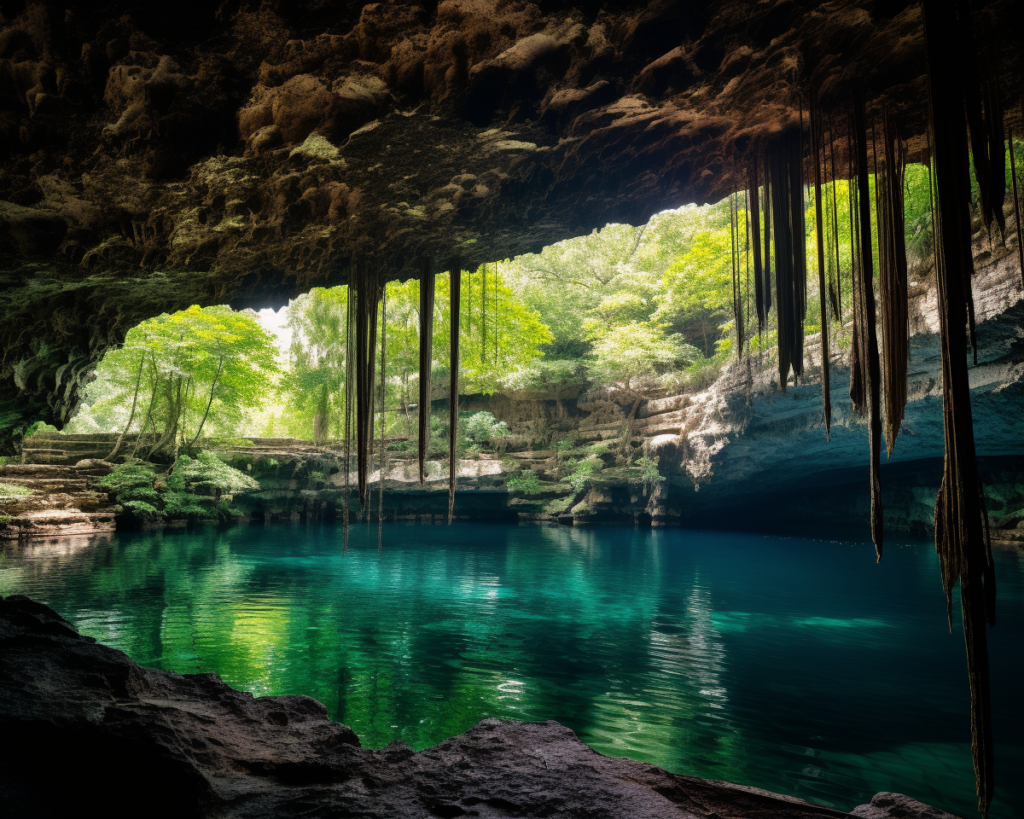
As a tourist, visiting Cenote Suytun was a truly unique and memorable experience. The cenote is located just outside the charming town of Valladolid in southeast Mexico and is a popular attraction for travelers.
Activities and Attractions in Cenote Suytun
The highlight of Cenote Suytun is the middle platform of the cenote, which offers a stunning photo opportunity, especially when rays of sunlight shine through the cave opening above. The water is a brilliant turquoise color and shimmers within a vast cavernous expanse, making it an ideal spot for swimming, snorkeling, or simply relaxing in the calm and peaceful environment.
Aside from enjoying the natural beauty of the cenote, visitors can also explore the surrounding area and learn about the history and culture of the Yucatan Peninsula. Guided tours are available that include a visit to Chichen Itza, one of the Seven Wonders of the World, as well as a stop in the town of Valladolid, known for its colonial architecture and vibrant cultural scene.
Safety Measures
While Cenote Suytun is a popular tourist destination, it is important to take safety precautions when visiting. The cenote can be slippery, so it is recommended to wear water shoes or sandals with good traction. Visitors should also be aware of the depth of the water and refrain from diving or jumping from the platforms. It is also important to follow the rules and regulations set by the park staff to ensure a safe and enjoyable experience for all visitors.
Overall, visiting Cenote Suytun is a must-do activity for anyone traveling to the Yucatan Peninsula. With its stunning natural beauty and rich cultural history, it is an experience that will stay with you long after you leave.
Conservation Efforts in Cenote Suytun
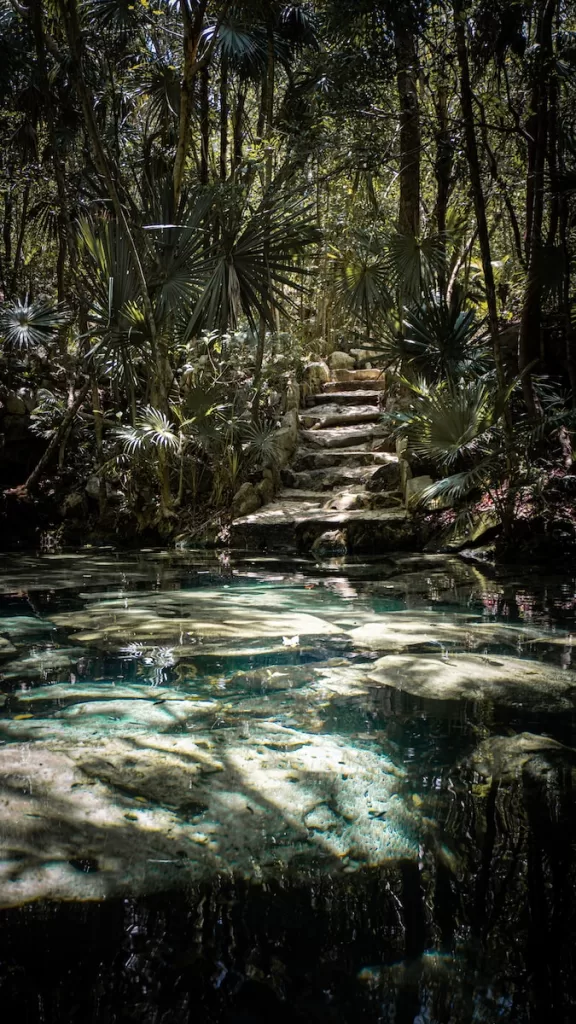
As an eco-conscious traveler, I always make sure to visit places that prioritize conservation efforts. Cenote Suytun is one such place that takes its responsibility towards the environment seriously. Here are some of the conservation efforts that I observed during my visit:
- Limited Visitors: Cenote Suytun limits the number of visitors it receives each day to ensure that the environment is not disturbed. This is a great way to preserve the natural beauty of the cenote and its surroundings.
- No Chemicals: The water in Cenote Suytun is crystal clear and free of any chemicals. This is because the cenote does not allow the use of any lotions, sunscreens, or other chemicals that can harm the water or the ecosystem.
- No Diving: Cenote Suytun does not allow diving or jumping into the water. This is to prevent any damage to the underwater environment and to ensure the safety of visitors.
- No Plastic: Cenote Suytun has a strict no-plastic policy. Visitors are not allowed to bring any plastic bottles or bags inside the cenote. This is to prevent any plastic waste from polluting the water or the surrounding environment.
- Reforestation: Cenote Suytun has a reforestation program in place to ensure that the surrounding jungle remains healthy and thriving. The program involves planting native trees and shrubs to provide a habitat for local wildlife and to prevent soil erosion.
Overall, I was impressed with the conservation efforts at Cenote Suytun. It is heartening to see that there are places that prioritize the environment and take steps to preserve it for future generations.
My In-depth Guides to Traveling Mexico
- Ultimate Guide to Cenotes in Mexico: Comprehensive Guide
- How to Travel from Playa del Carmen to Tulum: The Ultimate Guide
- Best Beaches in Tulum: Comprehensive Guide to Paradise
- Ultimate Guide to Cenotes in Mexico: Comprehensive Guide
Impact on Local Economy
Cenote Suytun is a popular tourist attraction in the Yucatan Peninsula, Mexico. As a result, it has a significant impact on the local economy. In this section, I will discuss the economic impact of Cenote Suytun on the local community.
Employment
Cenote Suytun provides employment opportunities for the local community. The cenote employs local people as tour guides, ticket sellers, and maintenance staff. This provides a source of income for the local people and helps to boost the local economy.
Tourism
Cenote Suytun attracts a large number of tourists every year. This has a positive impact on the local economy as tourists spend money on accommodation, food, and souvenirs. The increased tourism also helps to create more job opportunities for the local people.
Infrastructure
The increased tourism has also led to the development of infrastructure in the area. This includes the construction of new hotels, restaurants, and other tourist facilities. The development of infrastructure has created more job opportunities for the local people and has helped to improve the standard of living in the area.
Conservation
Cenote Suytun is a natural wonder and its preservation is important for the local community. The cenote is protected by the government and the entrance fee helps to fund conservation efforts. The conservation efforts help to preserve the natural beauty of the area and ensure that it remains a popular tourist attraction for years to come.
In conclusion, Cenote Suytun has a significant impact on the local economy. It provides employment opportunities, attracts tourists, and helps to develop infrastructure in the area. The conservation efforts also ensure that the natural beauty of the area is preserved for future generations.
Frequently Asked Questions
What are the visiting hours for Cenote Suytun?
Cenote Suytun is open every day from 10:00 AM to 4:00 PM. It is recommended to arrive early to avoid crowds and have more time to enjoy the beauty of the cenote.
How can I get to Cenote Suytun from Valladolid?
Cenote Suytun is located about 8 kilometers (5 miles) east of Valladolid. The easiest way to get there is by car or taxi. You can also take a colectivo (shared van) from the ADO bus station in Valladolid to the town of Temozon, and then take a taxi or walk the remaining distance to the cenote.
Is swimming allowed in Cenote Suytun?
Yes, swimming is allowed in Cenote Suytun. The water is crystal clear and refreshing, perfect for a swim on a hot day. However, it is important to note that jumping and diving are not allowed for safety reasons.
What is the significance of Cenote Suytun?
Cenote Suytun is a natural sinkhole that was considered sacred by the ancient Maya civilization. It was used for both religious ceremonies and as a source of freshwater. Today, it is a popular tourist attraction and a great place to learn about the history and culture of the Yucatan Peninsula.
Are there any tours available for Cenote Suytun?
Yes, there are several tours available that include a visit to Cenote Suytun. These tours usually also include visits to other nearby cenotes and archaeological sites. You can book a tour through a local travel agency or online.
Can weddings be held at Cenote Suytun?
Yes, weddings can be held at Cenote Suytun. The cenote offers a unique and beautiful setting for a wedding ceremony. However, it is important to contact the cenote in advance to make arrangements.


